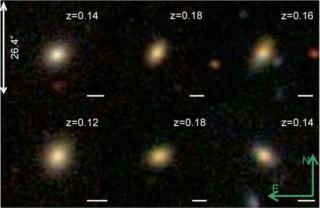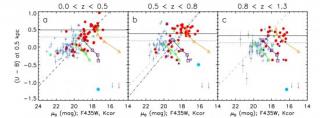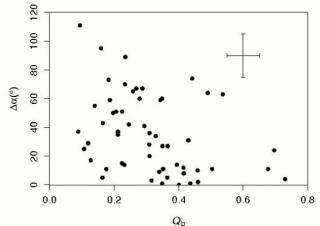La evolución de galaxias ha sido ampliamente estudiada a altosdesplazamientos al rojo, pero existen pocos estudios en este campo abajos desplazamientos al rojo. Sin embargo, estudios a bajosdesplazamientos al rojo proveerían importantes indicios en la evoluciónde galaxias, estableciendo el vínculo necesario entre el universo local ya alto desplazamiento al rojo.En este trabajo, nos enfocamos en la metalicidad del gas de galaxiasespirales a bajos desplazamientos al rojo buscando indicios deevolución en metalicidad. Analizamos la metalicidad de galaxias conluminosidades similares a diferentes
Advertised on


